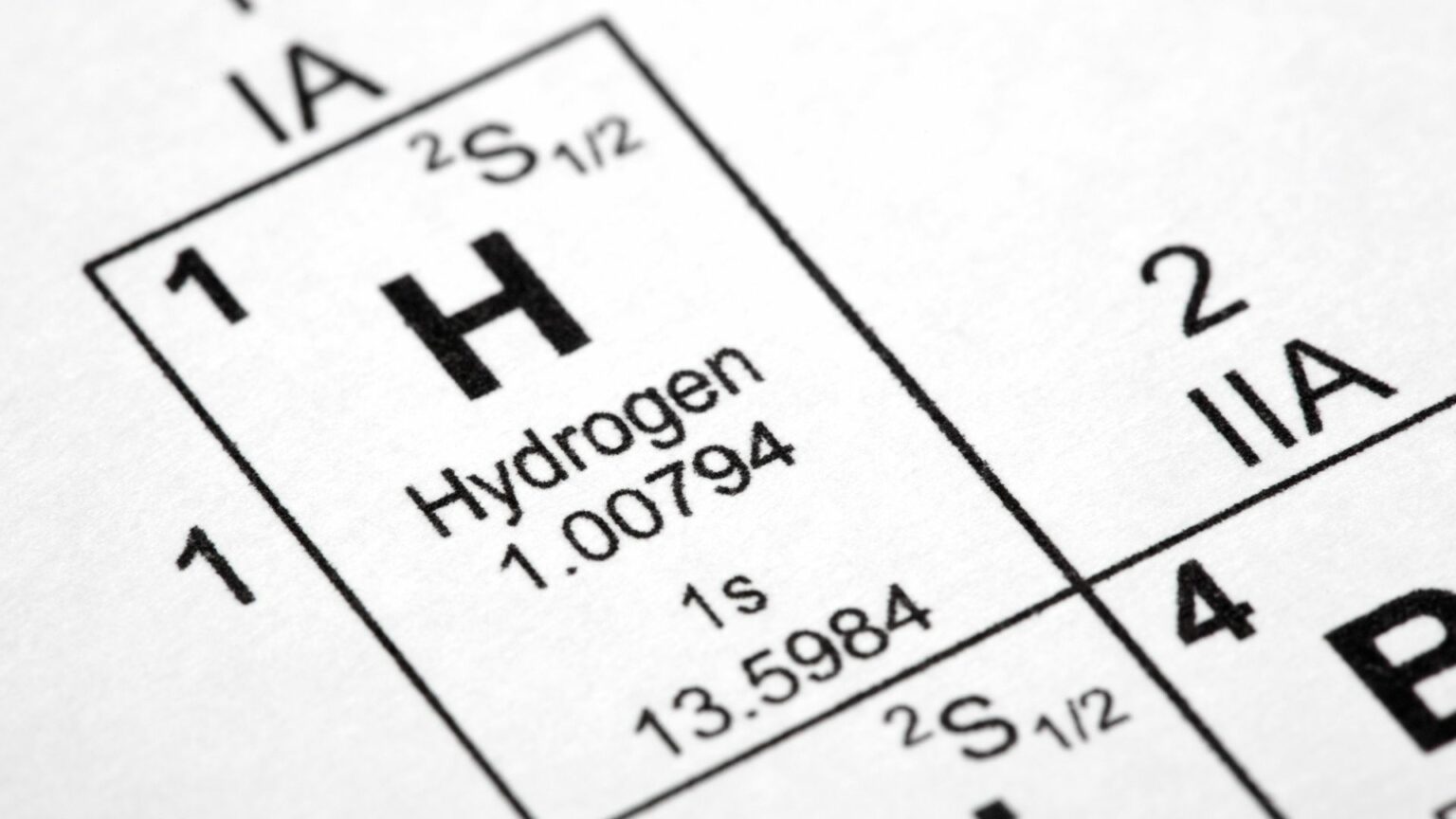The ambition of generating affordable, low-carbon hydrogen involves an openness to a spectrum of hydrogen “colors” and ongoing investments in the supply chain, according to panelists discussing on March 18.
Naomi Boness, Stanford University Hydrogen Initiative’s co-managing director pointed out at the CERAWeek conference hosted by S&P Global in Houston that “green” hydrogen production is not entirely clean. Citing the example of solar panels, Boness noted the non-trivial emissions involved in their production.
The CO2 emissions generated from electrolysis pathways are approximately two kilograms per kilogram of hydrogen. While different hydrogen production pathways, including green, have upstream tradeoffs, utilising hydrogen remains a more favourable solution compared to current fossil fuel combustion.
Didier Holleaux, Engie executive, vocalized his conviction that the industry’s hydrogen usage will not solely be green. For the potential hydrogen market to flourish, regulations must adapt to different hydrogen production forms.
The need for hydrogen in a decarbonized world is vast, ruling out the reliance on one specific pathway. Air Products, an industrial gases company, produces 10,000 metric tons/day of grey hydrogen (natural gas-fed hydrogen without carbon capture and sequestration.)
The company’s NEOM green hydrogen facility is expecting to generate 600 metric tons/day of green hydrogen by the end of 2026. To achieve complete decarbonization in supply chains, Europe would need about 80 of such large-scale facilities.
Addressing customer acquisition and demand escalation for hydrogen involves strengthening the supply chain, which can subsequently decrease low-carbon hydrogen costs. However, electrolyzer manufacturers are still struggling with mass-scale production, and its technological components may not be sustainable at larger scales.
The U.S Government has addressed the demand challenge by investing $1 billion into the demand-side incentive program. However, excessively strict qualifications prevent the demand side from growing.
